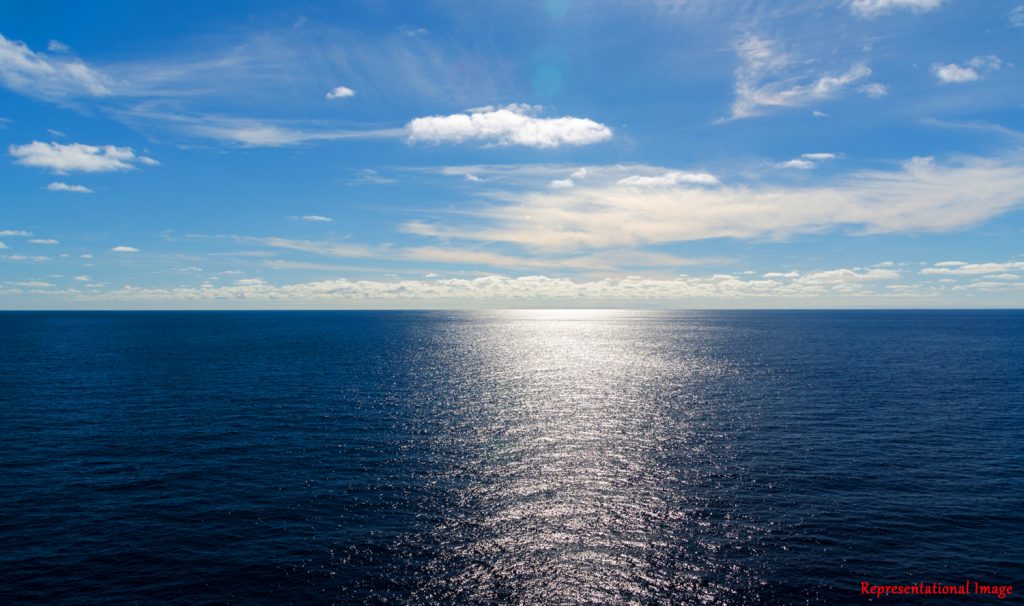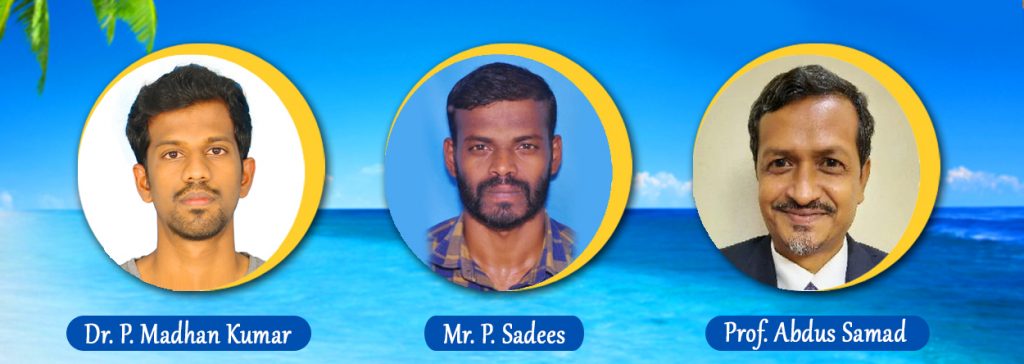
It is true that, with depleting non-renewable sources of energy, there is an urgency to find alternative energy sources, especially renewable sources that will not cause pollution. Usually, the solution for a problem lies right in front of our eyes, as it does in this case – the vast oceans that we are surrounded by, are perfect sources of renewable, non-polluting energy.
One of the main ways to harness the energy of the ocean is through the process of harvesting the energy of the waves of the ocean. Wave energy converters (WECs) have sparked a lot of interest among researchers in recent decades.
The challenge for the scientists is to develop a commercially viable wave energy device, and improve the performance of various WEC devices, by using methods such as an oscillating water column (OWC), overtopping, point absorbers, oscillating wave surge converters, and many others.
The OWC, owing to its simplicity of operation, is one of the widely-studied WEC devices. It comprises of an air chamber and a submerged water column. The oscillating airflow rotates an air turbine which is coupled to a generator to produce electrical energy.
One of the most commonly used turbines is the Wells turbine. This turbine is self-rectifying, and rotates in a single direction, regardless of the direction of incoming airflow. Unfortunately, it has several drawbacks such as, poor starting capabilities, higher noise level during the operation, and a limited operating range.
Because of these drawbacks, various modifications have been done by researchers. The main aim is to reduce turbomachinery losses. Here the concept of active and passive flow control comes into the picture.
In the active flow control technique, the momentum and induced kinetic energy regulate the flow separation and provide a wide range of operations. However, in this technique, a secondary energy source is always required, which makes the system more complex or energy consuming. Hence, in this paper, a passive flow control mechanism was adopted.
In a first-of-its kind study, conducted by Mr. P. Sadees and Prof. Abdus Samad from Wave Energy and Fluids Engineering Laboratory, Indian Institute of Technology Madras, Chennai, India, and Dr. P. Madhan Kumar from Laboratoire De Recherche Hydrodynamique, Energetique Et Environnement Atmospherique (LHEEA), Centrale Nantes, France, a leading-edge microcylinder (LEM) was used to enhance the performance of the Wells turbine in an innovative manner.
The trick to improving the energy-harnessing-efficiency of any turbine, is to tackle the problem of flow / boundary-layer separation. The authors found that by suitably adjusting the gap between the microcylinder and the rotor blade, and the diameter of the microcylinder, they could delay the flow separation, and hence enhance efficiency. Using the Reynolds-averaged Navier–Stoke equations along with the ‘Shear Stress Transport k-Omega’ turbulence model, the authors have calculated the optimum cylinder diameter, and the distance between the blade’s leading edge and the micro cylinder, which when implemented, will delay the flow separation, and thus improve the operating range of the Wells turbine.
In future, the authors plan to produce a high-performance Wells turbine with increased torque and operating range by performing a multi-objective optimization of the LEM parameters.
Dr. Mrinal K R, Assistant Professor from Department of Mechanical Engineering, The National Institute of Engineering, Mysuru, India, appreciated the work done by the authors by giving the following observations: “This manuscript investigates the impact of a leading edge microcylinder (LEMC) on the performance of a Wells turbine, which is commonly used in wave energy converters. Using computational fluid dynamics (CFD), the authors demonstrate that incorporating a LEMC into the rotor reduces flow separation and improves efficiency, when compared to a rotor without a LEMC. The LEMC is a passive flow control device, which is simpler and cheaper than active flow control devices. The use of passive flow control techniques, such as the LEMC in Wells turbines, is an ongoing area of research in the field of wave energy converters. The paper suggests that using an LEMC with an optimum spacing and diameter can significantly improve the efficiency of Wells turbines for renewable energy applications.”
Article by Akshay Anantharaman
Click here for the original link to the paper










